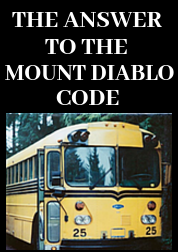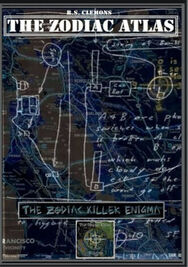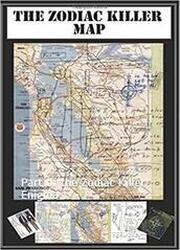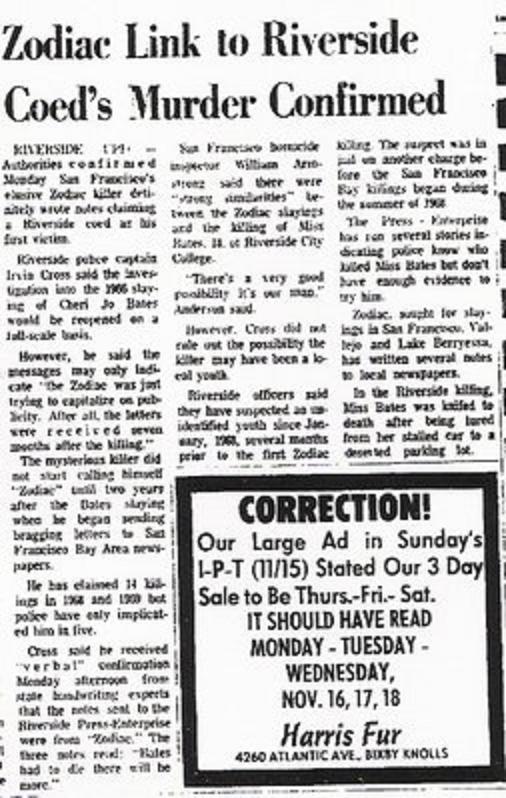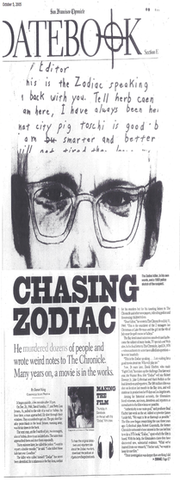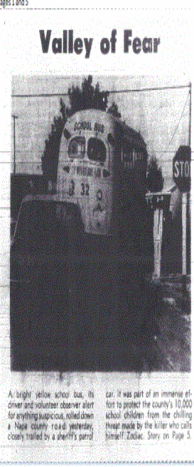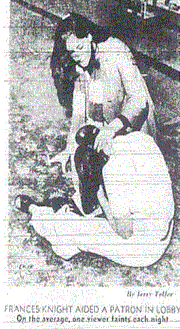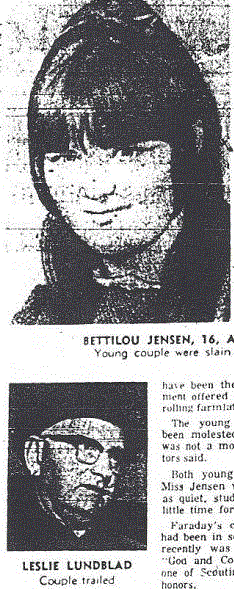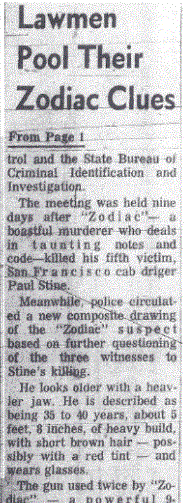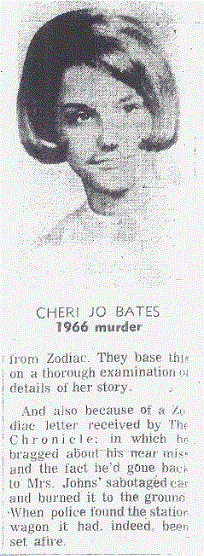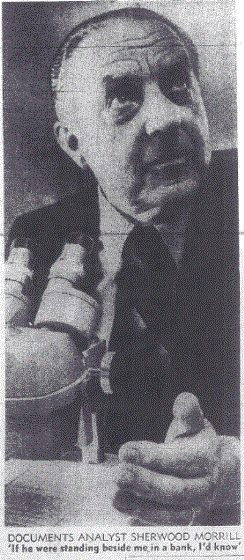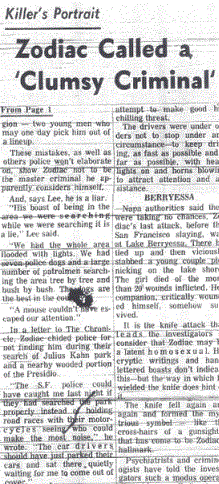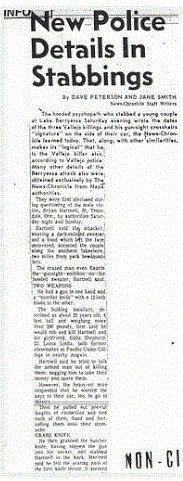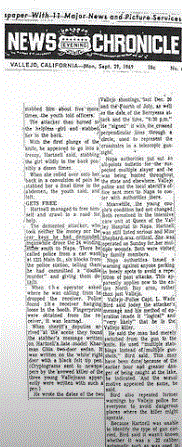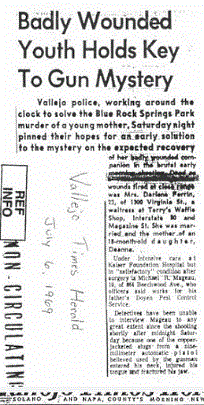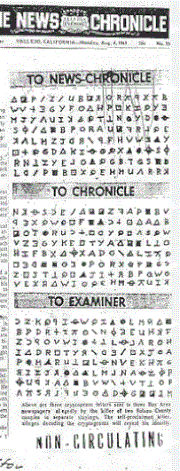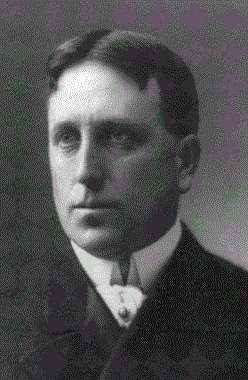 William Randolph Hearst Sr
William Randolph Hearst Sr In the FBI files pertaining to the Symionese Liberation Army, a memorandum dated April 30th 1974 indicated that the Hearst Corporation was prepared to offer a 4 million dollar food plan on May 3rd 1974 for the safe return of their daughter. The Sunday San Francisco Examiner, asking for "citizen assistance" had already run a feature article on April 28th 1974 (based on the file information), which resulted in the paper receiving 75 telephone calls offering information regarding SLA members. Only 10 days later, on May 8th 1974, the 'Citizen' card arrived at the San Francisco Chronicle, scolding the paper for its movie advertisements, before signing off the letter with "A citizen".
However, this may not have been the only explanation for the "citizen" reference. Here is an extract from Wikipedia:
"The quasi-biographical film (Citizen Kane) examines the life and legacy of Charles Foster Kane, played by Welles, a character based in part upon the American newspaper magnates William Randolph Hearst and Joseph Pulitzer, Chicago tycoons Samuel Insull and Harold McCormick, and aspects of the screenwriters' own lives. Upon its release, Hearst prohibited mention of the film in any of his newspapers. Kane's career in the publishing world is born of idealistic social service, but gradually evolves into a ruthless pursuit of power". The film incensed William Randolph Hearst Sr and started a long running feud with Orson Welles, resulting in the newspaper magnate forbidding his newspapers to run any advertisements for the Citizen Kane movie. Does this ring any bells? "Sirs, I would like to expression my consternation concerning your poor taste + lack of sympathy for the public, as evidenced by your running of the ads for the movie "Badlands". why don't you show some concern for public sensibilities + cut the ad? A citizen."
This was detailed in History.com with the title 'William Randolph Hearst Stops Citizen Kane Ads': "One of Hollywood’s most famous clashes of the titans–an upstart “boy genius” filmmaker versus a furious 76-year-old newspaper tycoon–heats up on this day in 1941, when William Randolph Hearst forbids any of his newspapers to run advertisements for Orson Welles’ Citizen Kane. Only a few days after the screening, Hearst sent the word out to all his publications not to run advertisements for the film. Far from stopping there, he also threatened to make war against the Hollywood studio system in general, publicly condemning the number of “immigrants” and “refugees” working in the film industry instead of Americans, a none-too-subtle reference to the many Jewish members of the Hollywood establishment. Hearst’s newspapers also went after Welles, accusing him of Communist sympathies and questioning his patriotism".
In the Telegraph under the title 'Citizen Kane 'feud' between Orson Welles and William Randolph Hearst thaws after 70 years' it states "When Welles' masterpiece was released in 1941 Hearst, who was the partial inspiration for the movie, was incensed and banned his newspapers from reviewing or even mentioning it".
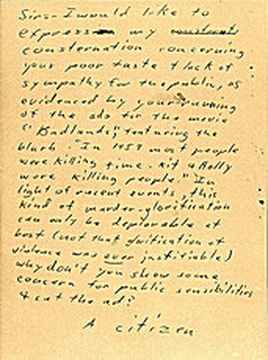 Click to enlarge
Click to enlarge Two months later, the Red Phantom letter arrived at the San Francisco Chronicle, postmarked July 8th 1974, targeting the 'male chauvinistic' Count Marco column of Marc H. Spinelli. This letter continued the theme, demanding that the Chronicle "cancel the Count Marco column", before signing off with the rather curious "Red Phantom (red with rage)". But what did this pseudonym have to do with the Hearst family?
Entitled 'The Phantom: The Complete Newspaper Dallies Volume One 1936-1937' by Lee Falk, it states "Leon Harrison Gross was born on April 28, 1911, in St. Louis. By the time he sold his first comic strip, Mandrake the Magician, he had changed his name to Lee Falk. His tendency was to shave a few years off his age and he often told interviewers he was a 19-year-old junior at the University of Illinois when he started Mandrake. Actually he was 23, still an impressively young age to sell a comic strip to the largest syndicate in America, William Randolph Hearst's King Features. Two years later he came up with 'The Phantom' and King bought that one as well". See here.
Founded in 1914, King Features Syndicate, Inc. is a print syndication company owned by Hearst Communications that distributes about 150 comic strips, newspaper columns, editorial cartoons, puzzles, and games to nearly 5,000 newspapers worldwide. King Features Syndicate is a unit of Hearst Holdings, Inc., which combines the Hearst Corporation's cable-network partnerships, television programming and distribution activities, and syndication companies. King Features' affiliate syndicates are North America Syndicate and Cowles Syndicate. Each week, Reed Brennan Media Associates, a unit of Hearst, edits and distributes more than 200 features for King Features. Wikipedia.
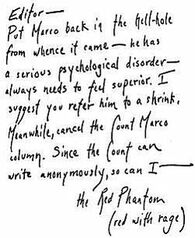
These three 1974 communications were mailed in and around the height of the Symbionese Liberation Army, beginning on February 3rd 1974, just one day before the kidnapping of Patricia Campbell Hearst and ending on July 8th 1974, just six weeks after the deadly shootout between Symbionese Liberation Army members and law enforcement on May 17th 1974, resulting in the deaths of six urban militants. The Hearst family being front and center of everything.
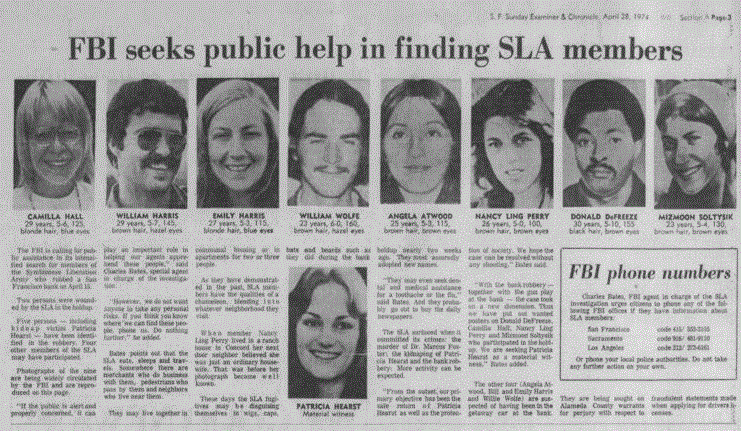





 RSS Feed
RSS Feed

